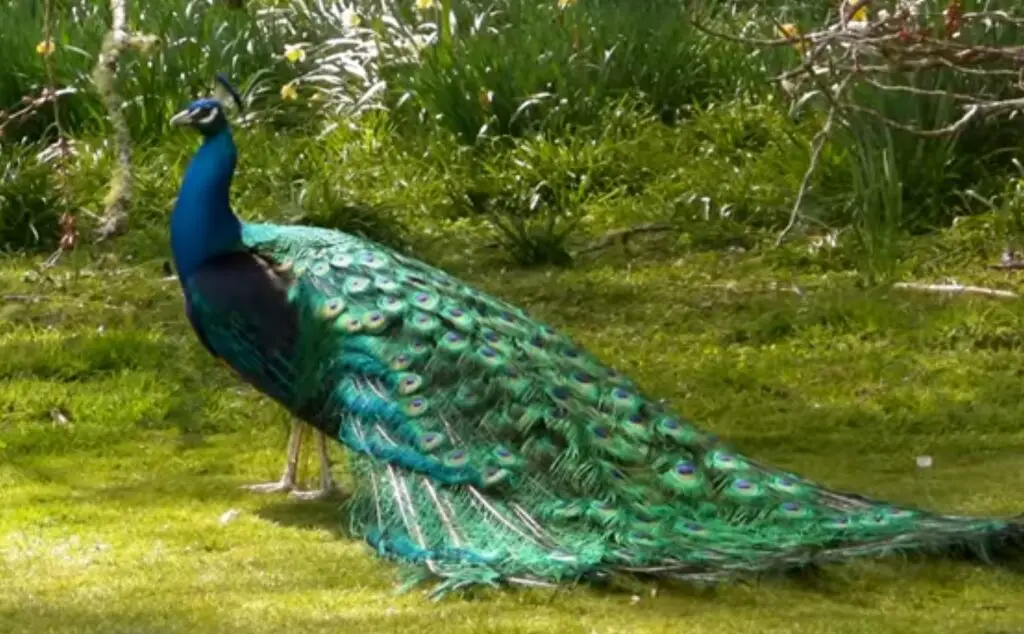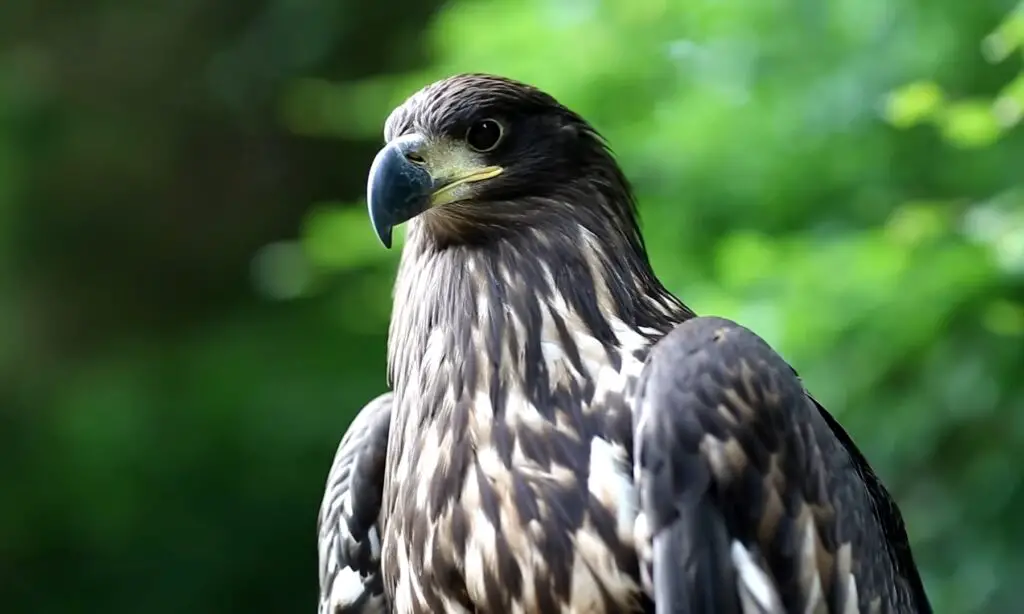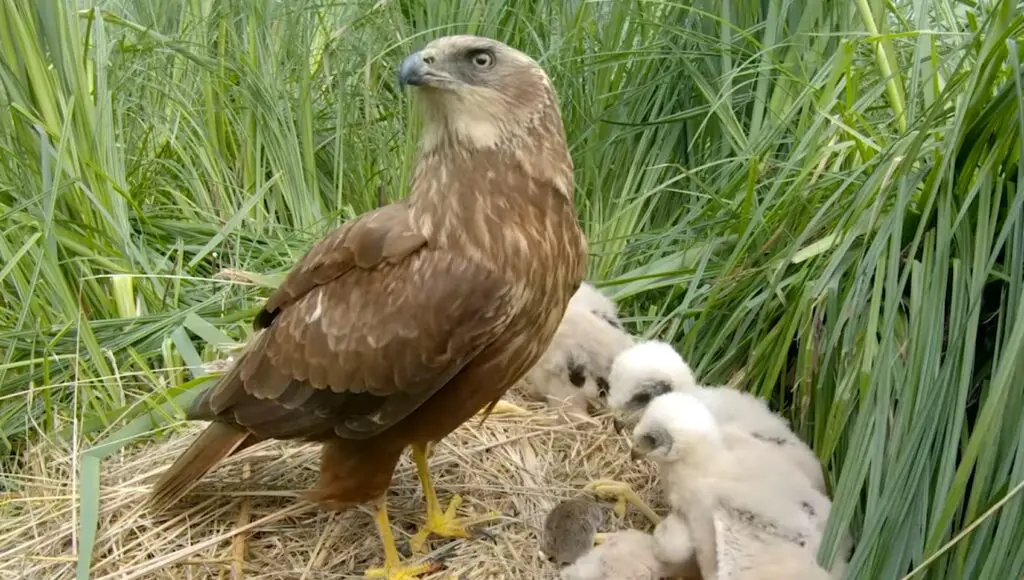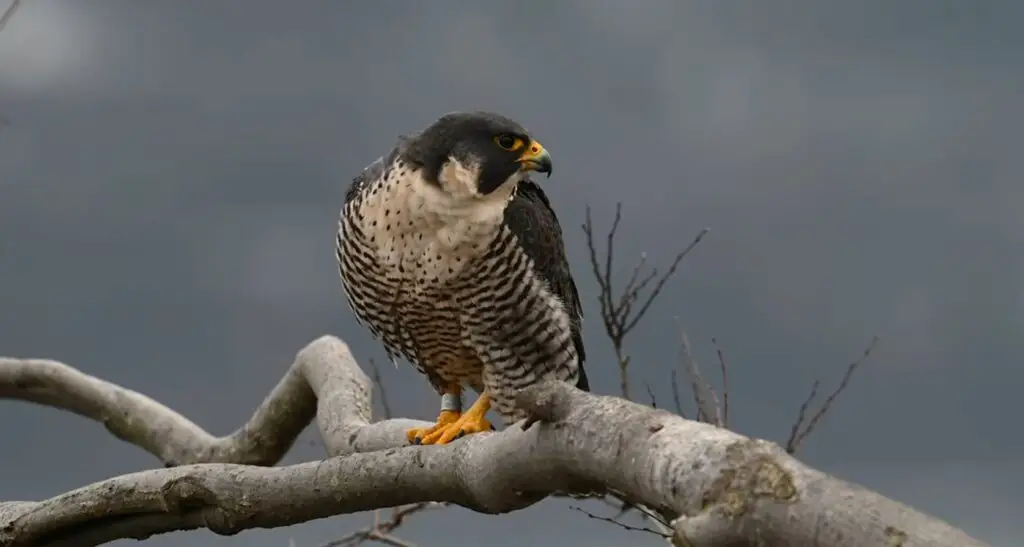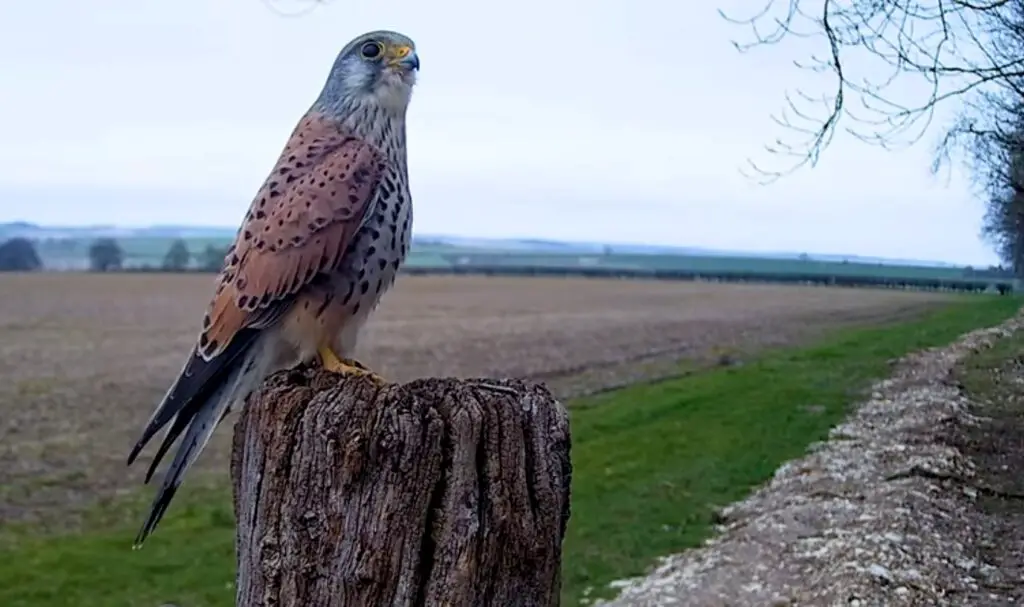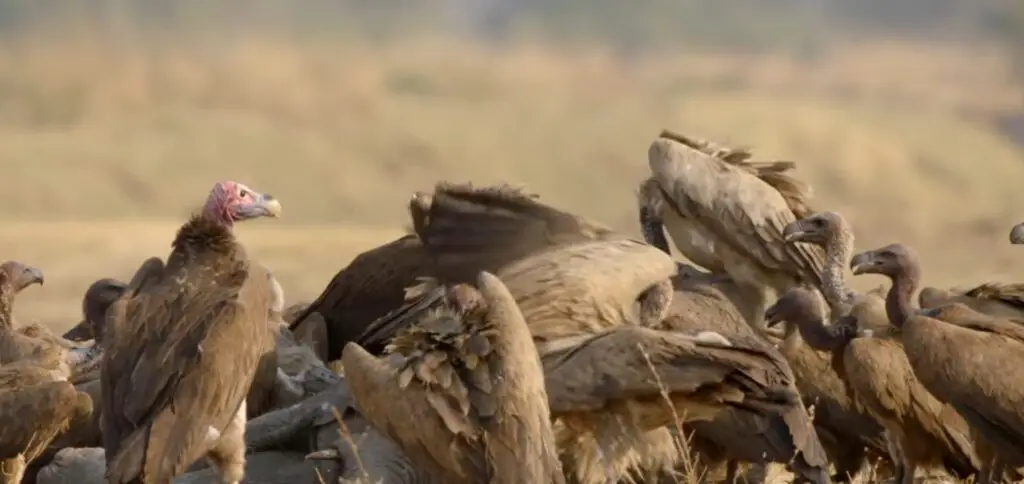The takahe (Porphyrio hochstetteri) is one of the world’s most remarkable conservation stories—a large, flightless, brilliantly colored bird once thought extinct for 50 years before being rediscovered in 1948. Endemic to New Zealand, this indigo-blue and emerald-green rail is a living testament to species recovery efforts.
In the misty mountains and lush forests of New Zealand, an extraordinary bird species captures the imagination of nature enthusiasts and conservationists alike. In this article, we will delve into the world of the Takahe, exploring its physical characteristics, historical significance, conservation efforts, and the hope it represents for the preservation of endangered species.
Physical Characteristics:
The Takahē is a large, robust bird that stands about 50 centimeters tall and weighs around 2.7 kilograms. Its most striking feature is its intense blue and green plumage, which contrasts with its red beak and legs. The bird’s sturdy build and reduced wings render it flightless, perfectly adapted for its terrestrial lifestyle. Takahe are known for their elongated toes and strong legs, allowing them to traverse their preferred alpine grassland habitats with ease.
Historical Significance and Rediscovery:
Believed to be extinct for more than 50 years, the Takahe became a symbol of loss and the devastating impact of human activities on biodiversity. However, in 1948, a small population of Takahe was discovered in the remote Murchison Mountains of Fiordland, providing hope for their survival. This momentous rediscovery ignited dedicated conservation efforts to protect and restore the species.
Conservation Efforts:
The Takahē faced numerous challenges to its survival, including habitat loss, predation by introduced mammals, and competition for resources with other species. In response, the New Zealand Department of Conservation (DOC) launched an ambitious recovery program to safeguard the Takahē‘s future. The program involved habitat restoration, predator control initiatives, captive breeding, and careful monitoring of the population.

Captive Breeding and Population Growth:
Captive breeding played a pivotal role in saving the Takahē from extinction. Carefully selected birds were brought into specialized breeding facilities, where their eggs were incubated and chicks reared until they were ready for release into protected habitats. These efforts have been remarkably successful, with the Takahe population steadily increasing over the years. Today, several protected sites in New Zealand serve as Takahē sanctuaries, ensuring the long-term viability of the species.
Ecosystem Impact:
The Takahe is not only a flagship species for conservation but also a keystone species in its habitat. Their grazing behavior and feeding preferences help maintain the alpine grasslands, preventing the encroachment of shrubs and maintaining a diverse ecosystem. By protecting the Takahē, we are also preserving a crucial part of New Zealand’s natural heritage.
Global Conservation Significance:
The story of the Takahe goes beyond New Zealand’s borders, serving as a reminder of the importance of conservation efforts worldwide. It highlights the potential for species recovery and the role of dedicated organizations and individuals in preserving biodiversity. The success achieved with the Takahe offers hope and valuable lessons for other endangered species facing similar challenges.
The Takahe’s journey from near extinction to a thriving population is a testament to the power of conservation efforts and the determination of humans to protect our natural world. Through a combination of scientific research, captive breeding, habitat restoration, and predator control, the Takahe’s story serves as a beacon of hope for endangered species everywhere. By valuing and safeguarding these remarkable creatures, we are taking crucial steps towards preserving our planet’s rich biodiversity for generations to come.
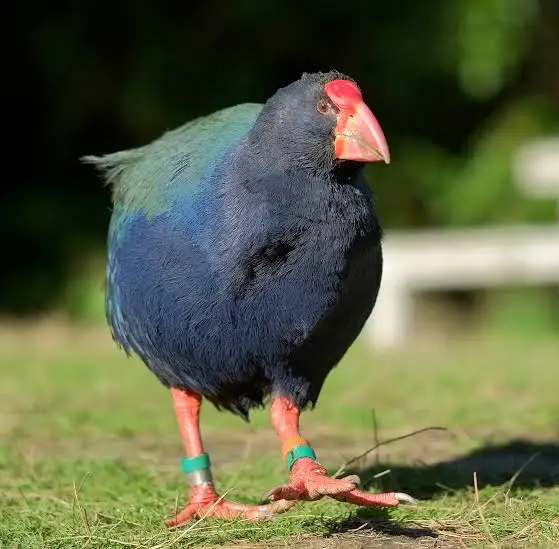
1. Takahe Facts at a Glance
| Trait | Description |
|---|---|
| Scientific Name | Porphyrio hochstetteri |
| Size | 63 cm (25 in) tall |
| Weight | 2.5–4 kg (5.5–8.8 lbs) |
| Lifespan | 20+ years (captivity) |
| Diet | Herbivorous (grasses, shoots, fern roots) |
| Habitat | Alpine grasslands (South Island) |
| Conservation Status | Endangered (~500 birds) |
2. Evolutionary History & Traits
🔹 A Relic of Gondwana
- Descended from flying swamphens that reached NZ millions of years ago.
- Evolved flightlessness due to no mammalian predators (until humans arrived).
🔹 Distinctive Features
- Vibrant plumage: Cobalt-blue head, emerald back, and pink beak.
- Powerful red legs for traversing rough terrain.
- Loud, resonant calls (booming duets between pairs).
🔹 Slow Reproduction
- Lay 1–3 eggs per clutch.
- Chicks stay with parents for 18 months (unusually long for birds).
3. The Takahe’s Brush with Extinction
⚠️ Decline & Presumed Extinction
- Māori arrival (1300s): Hunting and habitat loss began decline.
- European settlement (1800s): Rats, stoats, and deer devastated populations.
- 1898: Last confirmed wild sighting → declared extinct.
🎉 The 1948 Rediscovery
- Dr. Geoffrey Orbell found a small population in the Murchison Mountains (Fiordland).
- Just 250–300 birds remained in the wild by the 1980s.
4. Conservation: Bringing Back the Takahe
🛡️ Key Recovery Strategies
- Predator-Free Sanctuaries
- Islands like Kapiti, Tiritiri Matangi, and Mana host breeding populations.
- Captive Breeding
- Burwood Bush Takahē Centre raises chicks for wild release.
- Wilderness Management
- Fiordland National Park: Deer controlled to protect tussock grass habitat.
📊 Population Growth (2024)
| Year | Population |
|---|---|
| 1982 | ~120 |
| 2000 | ~200 |
| 2024 | ~500 |
5. Where to See Takahe?
📍 In the Wild (Rare)
- Murchison Mountains (Fiordland, restricted access).
- Kahurangi National Park (reintroduced group).
🦜 In Sanctuaries & Zoos
- Te Anau Wildlife Centre (best place for guaranteed sightings).
- Wellington Zoo (breeding program).
- Zealandia (occasional releases).
6. Cultural Significance
🇳🇿 Māori Lore
- Known as “takahea” in te reo Māori.
- Feathers were treasured for cloaks (kahu takahe).
National Icon
- Featured on NZ $2 coins and conservation stamps.
- Symbol of wildlife resilience.
7. Ongoing Threats & How to Help
⚠️ Current Challenges
- Inbreeding depression (low genetic diversity).
- Climate change (shrinking alpine grasslands).
- Slow breeding rate.
🤝 How You Can Support
✔ Donate to DOC Takahē Recovery Programme.
✔ Visit sanctuaries (tourism funds conservation).
✔ Advocate for predator control (e.g., trap networks).
Conclusion: A Precarious Success
The takahe’s return from presumed extinction is a conservation milestone, but its survival still hangs in the balance. With continued effort, this prehistoric bird may yet reclaim its place in New Zealand’s high country.
“The takahe teaches us that extinction isn’t always forever—but it takes a nation’s care to rewrite its fate.”
FAQs About Takahe
❓ Are takahe related to pukeko?
Yes—both are rails, but takahe are larger and flightless.
❓ Why are their beaks so colorful?
Signals health to mates (brighter = better genes).
❓ Can takahe fly?
No—their wings are tiny and vestigial.
Want to adopt a takahe? Check DOC’s sponsorship program! 💙🌿
Would you like a guide to NZ’s other rare birds? Ask below! 🐦


